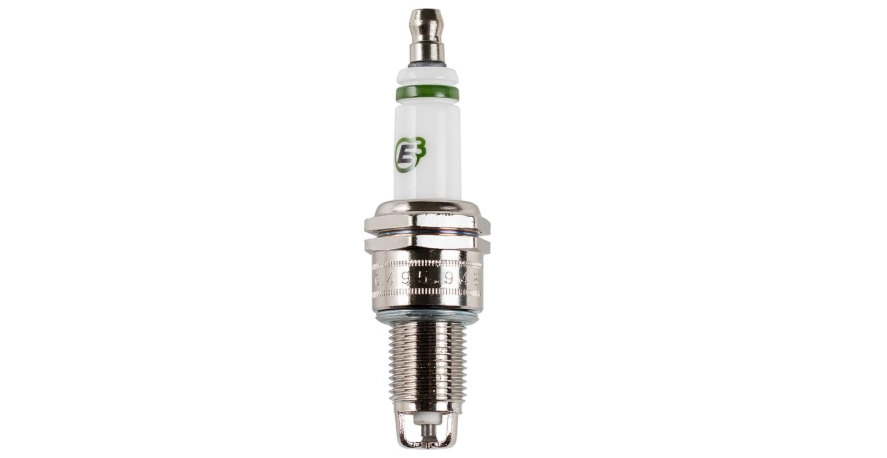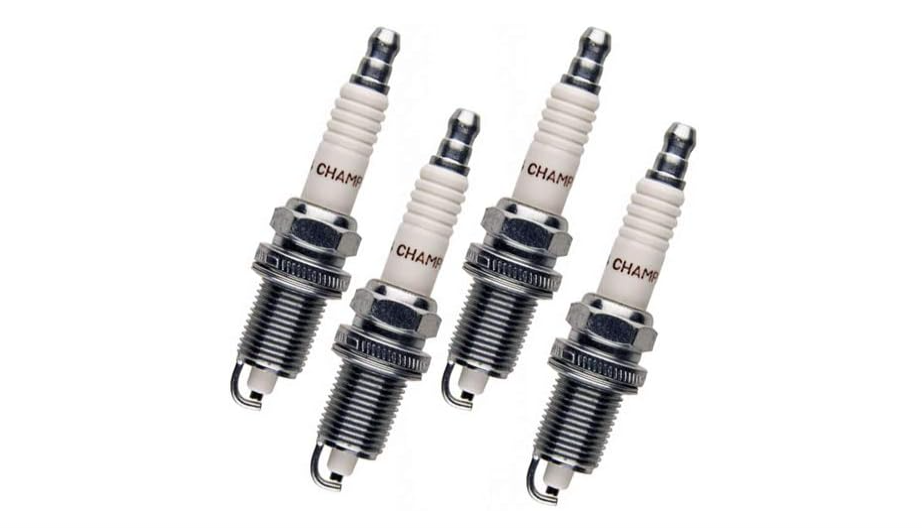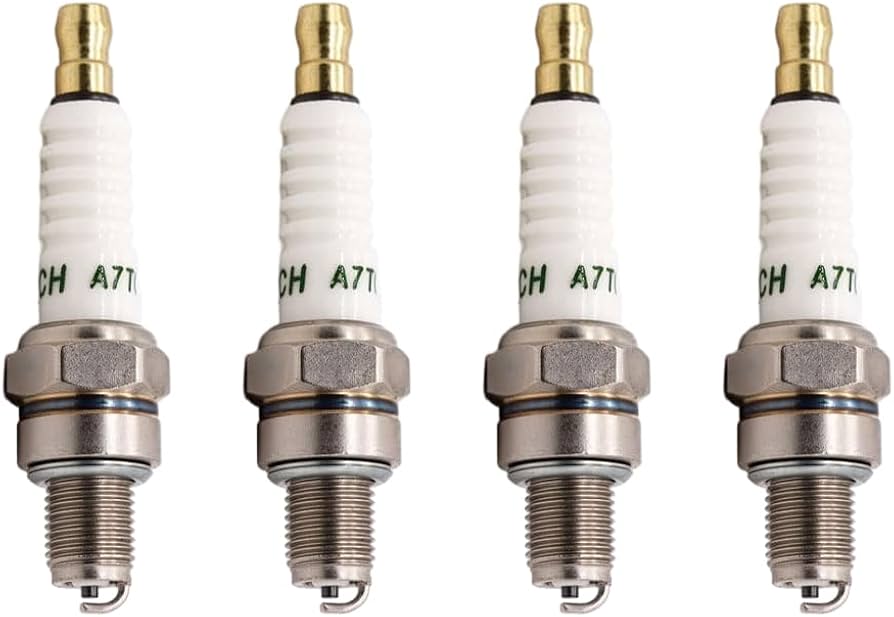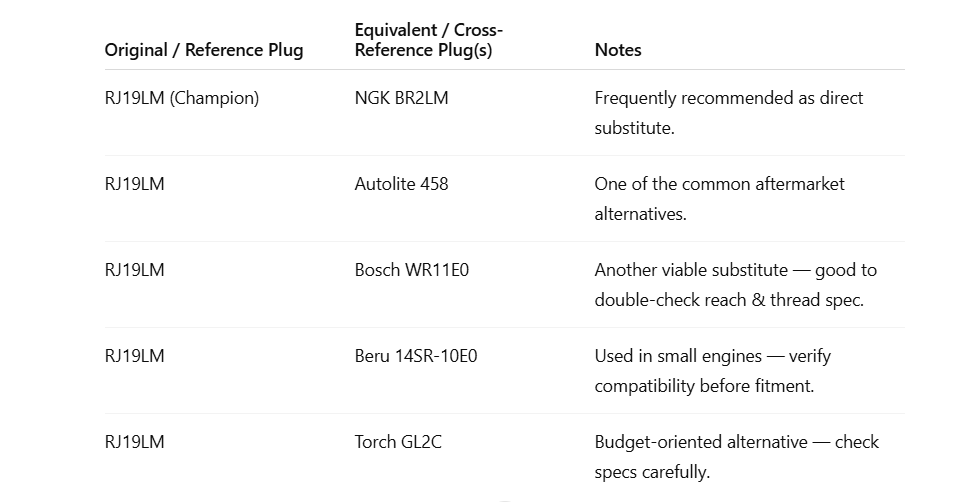How often to replace spark plugs for heavy duty cycle varies, but generally every 30,000 to 100,000 miles or 2,000 to 3,000 hours of operation, depending on usage and engine type. Regular inspections help determine the right time.
Spark plugs are often considered the unsung heroes of an engine, playing a crucial role in the proper functioning of a vehicle or machinery. In heavy-duty cycles, where the engine faces rigorous demands, spark plugs undergo significant wear and tear. These components are responsible for igniting the air-fuel mixture in the combustion chamber, ensuring the engine runs smoothly, efficiently, and at its full potential.
The performance of a heavy-duty engine is directly influenced by the condition of the spark plugs. As engines in heavy-duty applications, such as trucks, construction equipment, and industrial machines, often operate under extreme loads, the spark plugs are subjected to higher levels of stress compared to regular vehicles. If neglected, worn-out spark plugs can lead to engine misfires, reduced fuel efficiency, poor acceleration, and even engine damage, making it crucial to understand when to replace them.
This guide will help you understand the best practices for replacing spark plugs in high-use machinery, so you can optimize performance, save on repairs, and extend the lifespan of the engine.

Contents
What Are Spark Plugs and Why Are They Important?
Spark plugs are essential components of internal combustion engines. They create the spark that ignites the air-fuel mixture, allowing your engine to run. In a heavy-duty cycle, where engines are subject to constant load and strain, the spark plugs endure a lot of wear. If they’re not replaced regularly, the engine’s performance will decrease, leading to issues like misfires, poor fuel efficiency, and difficulty starting.
How Often to Replace Spark Plugs for Heavy Duty Cycle
The frequency of spark plug replacement in a heavy-duty cycle depends on several factors, including the type of engine, its usage, and the manufacturer’s recommendations. Generally, for high-performance engines in heavy-duty applications, you should replace spark plugs every 30,000 to 100,000 miles or after every 2,000 to 3,000 hours of operation. This can vary significantly depending on your equipment’s usage and the specific type of spark plug you’re using.
1. Manufacturer’s Guidelines
The first place you should check for spark plug replacement intervals is your engine’s owner’s manual. Manufacturers often provide specific guidelines based on the engine’s design and intended use. For example, heavy-duty machinery, trucks, or large equipment with high load cycles might require more frequent spark plug replacements than passenger vehicles.
2. Type of Spark Plug
There are different types of spark plugs, each with its own lifespan. For instance, copper spark plugs generally last around 20,000 miles, while platinum or iridium spark plugs can last between 60,000 and 100,000 miles. Iridium spark plugs, in particular, are favored for heavy-duty cycles due to their durability under high stress.
3. Frequency of Use
If the vehicle or machine is used more frequently or under high-stress conditions (e.g., towing, heavy hauling, or off-road applications), the spark plugs will degrade faster. Frequent use puts more strain on the spark plugs, which means they will need to be replaced sooner than recommended for normal conditions. Heavy-duty engines operating at high RPMs (revolutions per minute) are particularly hard on spark plugs.
4. Environmental Conditions
The environment in which your heavy-duty vehicle operates also affects the longevity of the spark plugs. For instance, if the engine is regularly exposed to dust, moisture, or extreme temperatures, the spark plugs will wear out faster. Harsh conditions lead to greater carbon buildup and corrosion on the spark plugs.
5. Maintenance and Performance
Regular maintenance and proper performance monitoring can also determine how often you should replace your spark plugs. Keeping track of fuel efficiency, engine misfires, and overall performance can help you identify when your spark plugs need attention. If you notice a drop in performance, it’s best to inspect and potentially replace the spark plugs.
Signs That Spark Plugs Need to Be Replaced
While it’s important to follow the manufacturer’s guidelines, there are several signs that can indicate it’s time to replace your spark plugs in a heavy-duty cycle.
1. Engine Misfires
One of the most common symptoms of worn-out spark plugs is engine misfires. Misfires occur when the spark plug is unable to ignite the air-fuel mixture properly, causing the engine to run unevenly. This can lead to poor acceleration and overall engine performance.
2. Poor Fuel Economy
Spark plugs that are worn or damaged can result in inefficient combustion, leading to a decrease in fuel economy. If you notice that you’re refueling more often, it could be time to check your spark plugs.
3. Difficulty Starting
If your engine has trouble starting, the spark plugs might be at fault. Over time, spark plugs wear down and may fail to provide a consistent spark, which can make starting the engine harder, especially in heavy-duty cycles where power is crucial.
4. Reduced Engine Power
If you experience a noticeable loss in engine power or acceleration, it could be due to faulty spark plugs. This happens when the plugs can no longer generate enough spark to ignite the air-fuel mixture effectively, making the engine sluggish.
5. Rough Idling
Another indication of bad spark plugs is rough idling or engine shaking when at a standstill. If your heavy-duty equipment is idling roughly or struggling to maintain steady RPMs, it’s a good idea to inspect the spark plugs.
How to Replace Spark Plugs in a Heavy Duty Cycle
Replacing spark plugs in a heavy-duty cycle may vary based on the engine type, but the general process is relatively straightforward.
Step 1: Gather Tools and Materials
You’ll need a spark plug socket wrench, a ratchet, and a torque wrench to replace spark plugs in most vehicles. It’s also important to have the correct spark plugs that match your engine specifications.
Step 2: Locate the Spark Plugs
Depending on the engine, the spark plugs may be easy to reach, or you might need to remove some components to access them. Consult the vehicle or machine’s manual for the exact location.
Step 3: Remove the Old Spark Plugs
Using your socket wrench, carefully remove the old spark plugs. Be cautious not to damage the threads or the surrounding area. If the spark plugs are stuck, gently wiggle them to loosen them.
Step 4: Install the New Spark Plugs
Before installing the new spark plugs, check the gap between the electrodes. Use a spark plug gap tool to ensure the correct spacing. Then, install the new spark plugs by hand, followed by tightening them with your socket wrench.
Step 5: Torque the Spark Plugs
Use a torque wrench to tighten the spark plugs to the manufacturer’s recommended torque. Over-tightening can damage the threads or the spark plugs themselves, while under-tightening can lead to poor engine performance.
Step 6: Reassemble and Test
Once the new spark plugs are in place, reassemble any components you had to remove to access the plugs. Start the engine to ensure it runs smoothly and check for any signs of misfires or rough idling.
Related Article
Should I Replace Ignition Coils with Spark Plugs
Where Can I Get My Spark Plugs Changed?
Frequently Asked Questions
Here are some FAQs about replacing spark plugs for heavy duty cycle –
1. How often should spark plugs be replaced in a heavy-duty truck?
Spark plugs should be replaced every 30,000 to 100,000 miles, depending on the type of spark plug and how often the truck is used.
2. Can old spark plugs cause engine misfires?
Yes, old spark plugs can lead to engine misfires due to poor ignition of the air-fuel mixture.
3. What are the signs of worn-out spark plugs?
Signs include engine misfires, poor fuel economy, difficulty starting, reduced engine power, and rough idling.
4. Can I replace the spark plugs myself?
Yes, with the right tools and knowledge, you can replace spark plugs yourself. However, always follow the manufacturer’s guidelines for proper installation.
Conclusion
Replacing spark plugs regularly is an essential part of maintaining your heavy-duty engine. For high-use vehicles and machinery, spark plugs should be replaced every 30,000 to 100,000 miles or after 2,000 to 3,000 hours of operation, depending on your equipment’s usage. By following the manufacturer’s recommendations and keeping an eye out for signs of wear, you can ensure your engine runs efficiently and avoid costly repairs in the long run.
Remember to also consider environmental factors, fuel efficiency, and maintenance schedules when deciding when to replace your spark plugs. Proper care will extend the life of your engine, save on fuel costs, and keep your heavy-duty equipment performing at its best.





